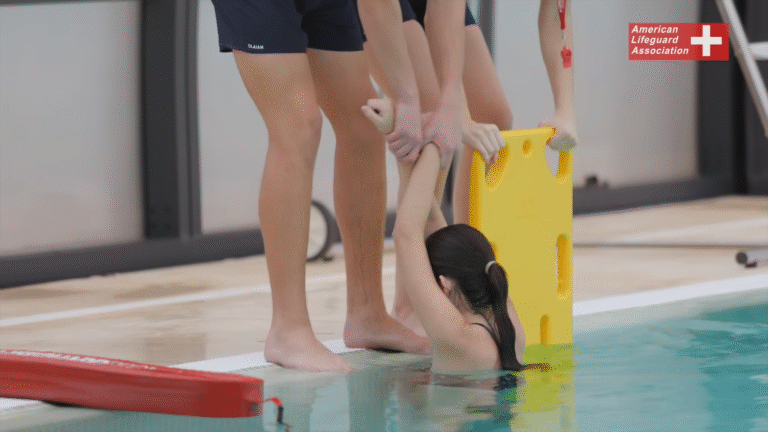In an era when technology has revolutionized the architecture industry, one skill continues to stand the test of time and innovation: architectural illustration design. While software and 3D modeling tools have become indispensable, the art of illustrating architectural concepts remains a powerful asset for every architect. Whether you’re just starting your career or you’ve spent decades in the field, mastering architectural illustration design can set you apart, sharpen your communication, and elevate the way you envision, present, and sell your ideas.
The Enduring Power of the Hand and Eye
Before computers became the architect’s primary drafting tool, hand-drawn illustrations were the backbone of the profession. Even now, the ability to sketch and illustrate by hand adds depth to an architect’s skillset. Architectural illustration design isn’t about competing with digital renderings—it’s about complementing them. Quick concept sketches, detailed elevations, or expressive perspectives bring a human touch that resonates with clients, stakeholders, and the broader public.
Hand-drawn illustrations also foster a deeper connection between an architect and their design. Sketching forces you to slow down and think through proportions, light, shadow, texture, and context in a way that clicking lines on a screen simply doesn’t. This process encourages critical thinking, creativity, and the ability to see potential issues early on.
Communicating Ideas with Clarity
Architects are storytellers at heart. Every project begins with a vision that must be translated into something real and buildable. The challenge is that most clients are not trained to interpret floor plans, elevations, or technical blueprints. Even high-fidelity 3D models can feel cold and lifeless. That’s where architectural illustration design shines.
Illustrations bridge the gap between technical drawings and a client’s imagination. A well-crafted perspective sketch or watercolor rendering can make complex ideas accessible. It can evoke atmosphere, scale, and emotion in ways CAD drawings often can’t. By mastering this skill, architects gain a more persuasive tool for client presentations, community engagement, and stakeholder buy-in.
A Competitive Edge in a Crowded Field
Today’s architecture market is fiercely competitive. Firms and freelance architects alike must find ways to stand out. Mastering architectural illustration design can be that edge. Not every architect takes the time to develop their illustration skills, which means those who do can offer something unique.
Clients and developers often respond emotionally to beautiful, evocative visuals. An illustration can transform a presentation from a technical pitch into a compelling narrative. When you can present not just what a building will look like, but how it will feel to experience, you’re more likely to win over clients and secure approvals.
Moreover, many competitions and conceptual projects rely heavily on presentation boards that showcase an architect’s vision. Hand-drawn or hybrid illustrations can give your submission a distinctive, memorable look that sets it apart from generic digital renders.
Illustrations as Marketing and Branding Tools
Great illustrations aren’t only useful for pitching a project—they’re also powerful marketing assets. Many firms use architectural illustrations in portfolios, brochures, websites, and social media to attract potential clients. Stunning visuals communicate professionalism, creativity, and attention to detail.
Think of it this way: when potential clients browse an architect’s portfolio, they’re not just looking for technical competence. They want to see vision and artistry. Architectural illustration design demonstrates both. It shows that an architect understands not just how to build, but how to dream.
Blending Traditional and Digital Skills
Mastering architectural illustration design today doesn’t mean choosing between old and new methods. Instead, it means learning how to blend them. Many architects combine hand sketches with digital tools, creating hybrid illustrations that marry the warmth of traditional drawing with the precision and polish of digital rendering.
For example, you might sketch a concept by hand, scan it, and then add textures, colors, and lighting effects digitally. Software like Photoshop, Illustrator, and Procreate has made it easier than ever to develop illustrations that retain a handcrafted feel while meeting professional standards.
Learning to merge these approaches also opens up new creative possibilities. You can experiment with mixed media, collage, digital painting, or augmented reality overlays to convey complex ideas in fresh ways.
A Path to Lifelong Learning and Creative Growth
Architecture is a demanding field that combines rigorous technical knowledge with endless creativity. Architectural illustration design nurtures the creative side of the profession, providing a space for experimentation, expression, and play.
Many architects find that sketching and illustrating renews their passion for design. It can also become a form of personal artistic practice—one that can evolve over decades. Architects who continue to draw often discover that it sharpens their observational skills, deepens their understanding of form and context, and keeps their imagination alive.
Teaching and Mentorship
For senior architects and educators, mastering architectural illustration design also has teaching benefits. Being able to illustrate on the spot while explaining design concepts helps communicate ideas clearly to students, interns, or junior team members. It makes critique sessions and design reviews more dynamic and collaborative.
In the classroom, a professor who can sketch ideas in real-time fosters a richer learning environment. Students not only hear theory but see it come to life in sketches that break down scale, composition, and detail.
Preserving a Timeless Craft
Finally, there is something timeless and deeply human about architectural illustration design. It connects today’s architects to centuries of tradition. From the hand-drawn perspectives of Renaissance masters to the watercolors of mid-century modernists, illustration has shaped how we understand the built world.
By developing this skill, architects honor that legacy while keeping it alive for future generations. It’s a way to remind ourselves—and our clients—that architecture is not just about construction; it’s about art, culture, and the stories we tell through the spaces we create.
Final Thoughts
Whether you’re a student drafting your first concept sketches or a seasoned architect managing complex builds, mastering architectural illustration design is a wise investment. It’s more than a niche skill—it’s a mindset that combines craft, communication, and creativity. In a world saturated with digital visuals, a thoughtful, expressive illustration can cut through the noise and speak directly to the heart.
So pick up that pen, brush, or stylus, and let your ideas flow. Your buildings—and your clients—will thank you for it.






